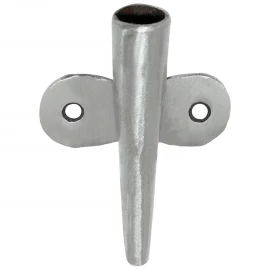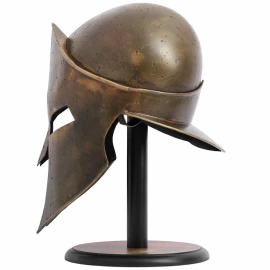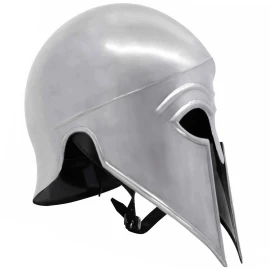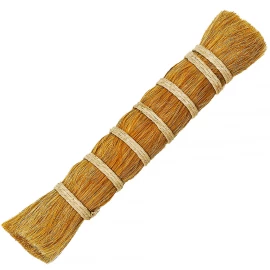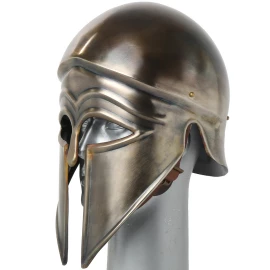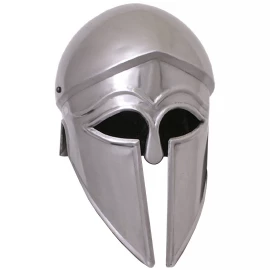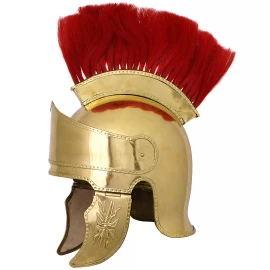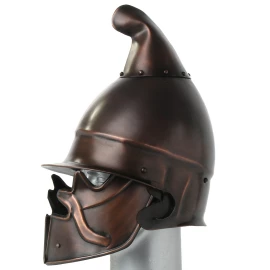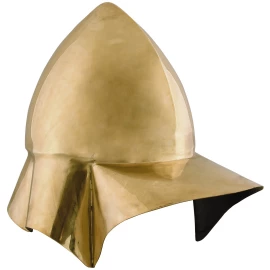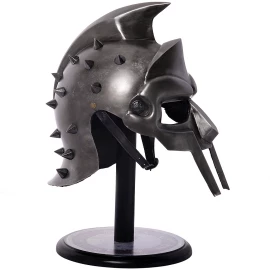Ancient Greek helmets
Filter products
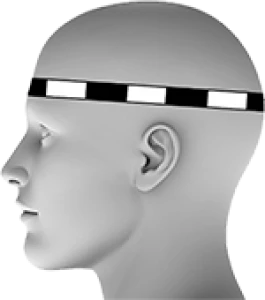
Greek helmet
The immigration of the Dorians in the Greek culture the Iron Age was triggered, but the Greeks made helmets of bronze for centuries. There were various types named after the Greek region in which they were first in use. In the Corinthian helmet is the most famous Greek helmet type. It originated at the beginning of the 7th Century BC and was forged from single bronze plate. The Corinthian helmet was adjusted to the human skull and protected its most parts with back pieces and the nasal. Like most Greek helmets, it was often decorated with a horse's mane (Lophos). From the Corinthian helmet evolved, Chalkidiki and the Attic helmet, which enabled its wearer a wider view. All these types of headgear could easily retire to the front to allow a lull in an unrestricted field of view and an unobstructed breathing. In the 4th Century BC, they solved the Corinthian type as much as possible, together with the Thracian helmet, which is also called a Phrygian helmet. The latter was actually invented by the Greeks themselves, recalled some of the traditional felt hat of the Thracians (a form of the Phrygian cap), with its long cheek pieces and the high, often bent forward helmet bell. In addition, there were (as almost always), many hybrid forms, which features various kinds had.
In the mid-4th Century BC developed in the Greek culture the Boeotian helmet, which protected only the front of the face and the sight was not restricted. As important to the horse an unobstructed view than it was for the fighting in a dense phalanx of hoplites, the Boeotian helmet type became popular soon. Still used riders this time, the above-mentioned types of helmets.

